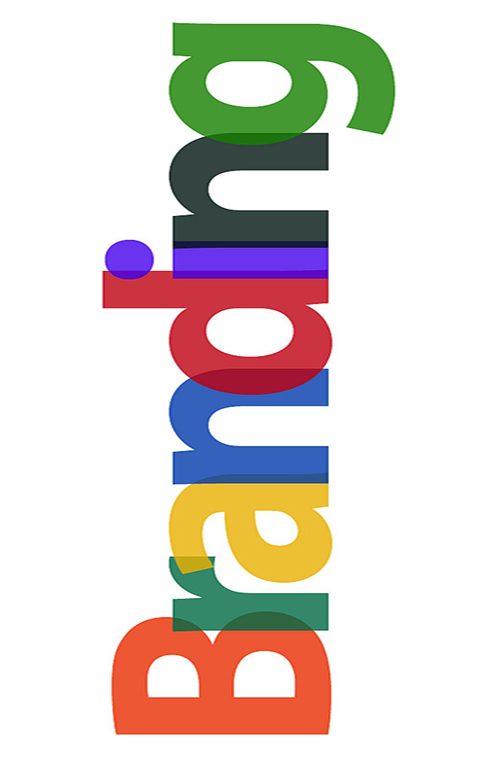This blog post originally appeared on CMO Essentials.
It’s no secret branding plays a critical role in the B2C marketplace. As consumers we are frequently swayed by our emotions and, thus, strongly influenced by branding.
By contrast, B2B branding strategy has traditionally been depicted as unnecessary. Businesses are supposed to make decisions based on reason and logic, so B2B marketing has tended to focus on detailed product specs, rather than engaging brand stories.
B2B buyers are people (too)
In reality, businesses aren’t run by machines; they are run by people. And there exists significant opportunity to utilize branding to garner the love and affection of B2B decision-makers. What’s more, research indicates that, because the B2B marketplace has become increasingly cluttered, buyers have a difficult time differentiating between the unique offerings of different vendors.
Decision-makers seek real benefits for their business but, as humans, also need to be excited and inspired by the solutions they choose. Given increasing competition and businesses becoming more agile, branding your B2B business is no longer an option, it’s a necessity.
The key to doing this lies in identifying your mission, presenting a unique brand story, and building creative, breakthrough content that elevates your brand. And it works: Purchasers of B2B brands are more than 5x as likely to consider, 12x as likely to purchase, and 30x as likely to pay a premium for products with high brand connections than products with no brand connections.
In the past few years, there has been a fundamental shift in how major B2B brands talk to their audiences, moving away from dryly demonstrating their capabilities and instead focusing on engaging audiences on a human level. Below are three examples of how B2B brands are stepping away from the technical jargon and instead relating to their audiences as people.
Reaching Mass Awareness and Esteem
Major B2B brands are utilizing marketing to increase awareness and esteem for their businesses. CBRE, a commercial real estate company, uses its Instagram to showcase architecture from around the world, making a name for its business with audiences that might not traditionally be familiar with the company.
In the world of technology, Intel has created iQ by Intel, a tech culture magazine that digs into topics like fashion, sports, gaming, and health, all curated by their employees. It receives over two million views each month!
Shining a Light on Corporate Culture
Brands are also highlighting their corporate culture, with hopes of increasing brand authenticity and recruiting high-performing employees.
OneLogin’s decision to feature one of their software engineers, who happened to be a woman, in a recruitment ad led many individuals and companies to participate in the incredibly inspiring #ILookLikeanEngineer hashtag campaign.
Oracle utilizes its Instagram to demonstrate its commitment to sustainability and the success of its employees. GE has also utilized branding to recruit employees, creating humorous videos like “What’s the Matter with Owen?”
Telling Your Brand Story
Like their B2C counterparts, B2B brands are telling more stories to show how they positively impact the world. In doing so, they showcase a larger purpose for their work than the immediate B2B need.
GE, for example, describes its “GE Store” as a “marketplace built on imagination” that utilizes technology and research to “build, power, move, and cure the world.”
Similarly, Cisco has recently been producing videos that demonstrate how they both understand the current hacker threat as well as the needs of businesses that rely on secure networks to accomplish their goals.
Where is your B2B brand strategy headed?
Expect to see many more B2B companies taking a human approach to their branding strategies as a means of breaking through in the cluttered marketplace. While some brands will focus on just one of these three methods to connect with audiences, others will utilize all three.
Determining which will work best for you depends as much on your business goals as it does on your vision for your brand.

